Psychedelic Trance: How Goa’s Parties Birthed A Music Genre – Score Short Reads
It will be a cliché to equate Goa with trance music, recreational substances, and rave parties. But what’s noteworthy is that this culture of merrymaking ‘hippies’ did contribute greatly to the music genre that we know today as psychedelic trance aka psytrance. As the name suggests, psytrance is a variant of electronic trance music. More than often, it incorporates high-tempo riffs and energetic percussion-heavy sounds.
A standard psytrance song might easily clock for more than five minutes, opening with a meditative introduction progressing towards heavy bass.
East Asian/Indian string instruments like the sitar are then blended with Hindu chants evoking the themes of divinity that are associated with hippies since time immemorial.
Today, as psytrance DJs play all over the world, Indian proponents include White Wizard, Farebi Jalebi, Braindrop, FLIPKNOT, Silent Horror, among others. Most of these aforementioned DJs popped up in Goa’s party scene either around the late 90s or early 2000s. But psytrance’s relationship with Goa goes back to a few more decades.
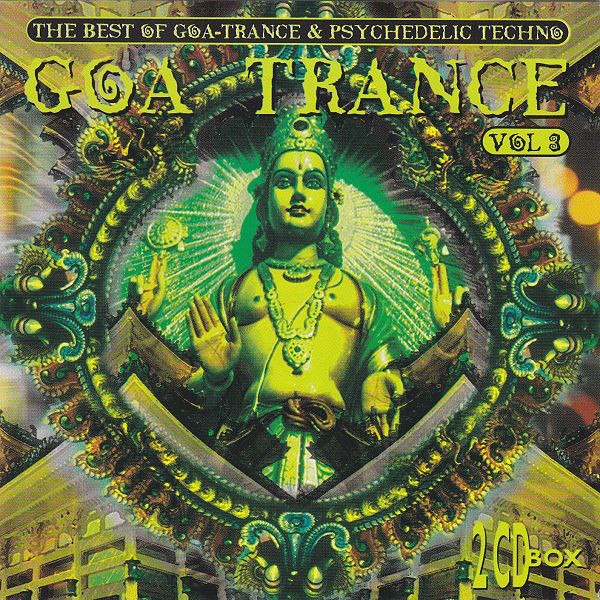
A musical subculture emerged in Goa since the 60s, a defining decade in the global hippie movement. And to put it simply, psytrance exists today because of this so-called ‘Goan Trance’.
Back in those ‘dum maaro dum’ days, Goa was a Mecca for hippies from all over. The beaches were picturesque and Indian spirituality was fascinating for the Westerners who started arriving in larger numbers.
The Doors, Pink Floyd and many such psychedelic rockers dominated Goan dance floors in the 70s. The next decade saw the indigineous DJs adding more flavour with a dash of German dance music (notably the discography of Kraftwerk). Finally, it was an America eccentric who truly brought a local trance revolution in the scene.
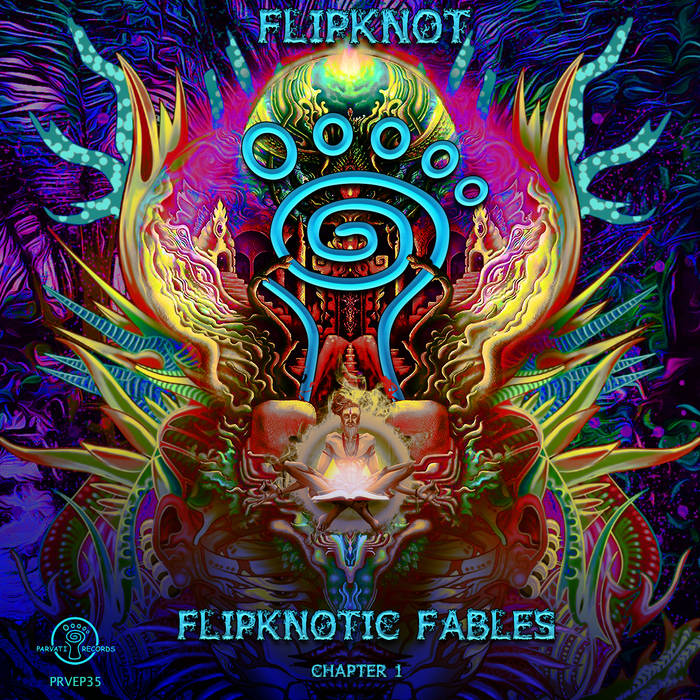
Goa Gil is an intriguing figure. When this Californian hippie took a flight to India, he was immediately drawn towards the ways of the sadhus, (Hindu mendicants). Gil was so fascinated with their nomadic lifestyle that he later became a self-professed sadhu himself!
While researching on East-Asian religions and philosophy, Gil and his friends tried their hand at DJing in Goa. Looking at himself as a product of East and West, he realised these multiple influences can be represented in his music too. As a result, Gil’s remixes soon began to dominate Goa’s outdoor parties.
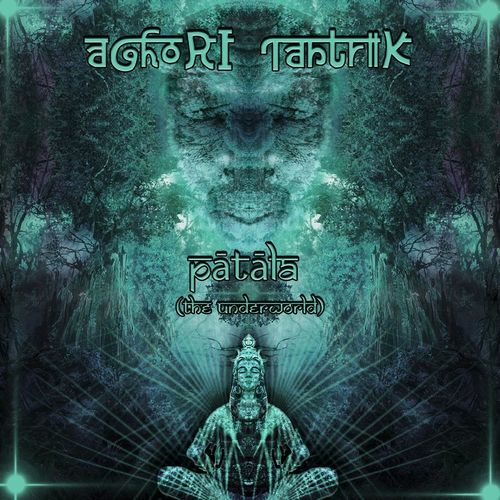
Mantras and prayers were converted into dance beats for people to lose their mind to. And indeed, partygoers began to get a kick out of Gil’s fusion, with some feeling as if ‘higher powers’ were taking control of them.
As Gil himself said in a radio interview, ‘Dance is an active form of meditation and the use of trance music became a way to “redefine the ancient tribal ritual for the 21st century”.’ In this way, the seeds of Goa trance began to sprout.
Fast forward to the 90s and the lore of trance parties drew in European and Israeli backpackers. And when they went back home, they either spread the word for the Goan artists or tried producing Goa-inspired trance themselves.
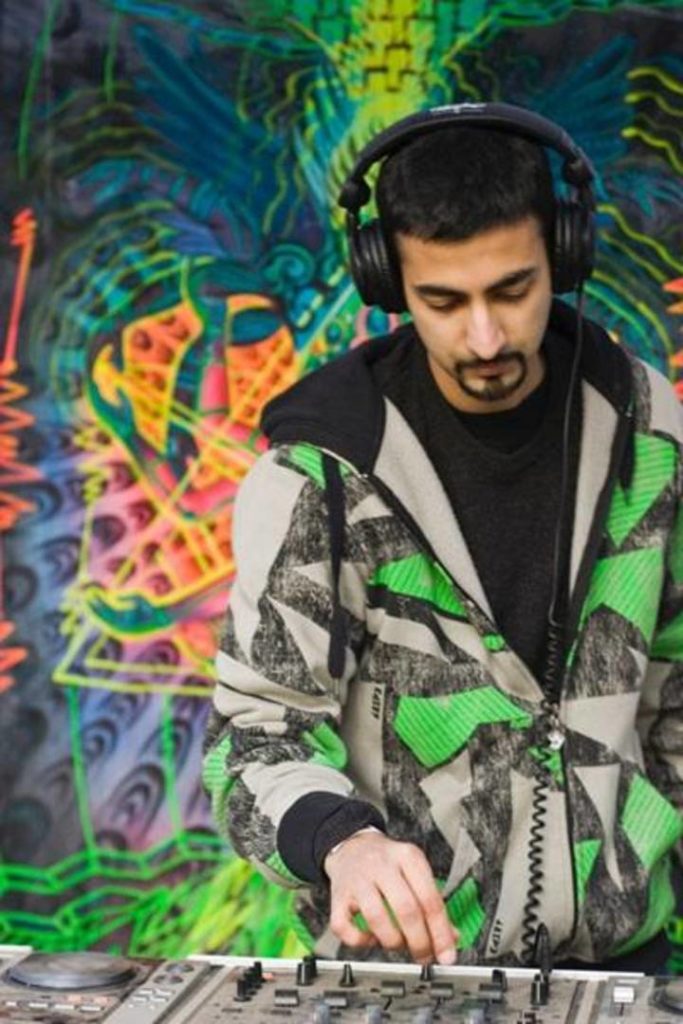
In fact, it was an Israeli duo, Infected Mushroom, that brought this particular sound to the ambit of world music. Infected Mushroom continue to be trailblazers in genres like psytrance and dreamtrance.
In1992, the first Goa trance festivals began their course, including the Gaia Festival in France and the still-running VooV festival in Germany. The Indian state’s trance music scene had successfully been exported to the rest of the world.
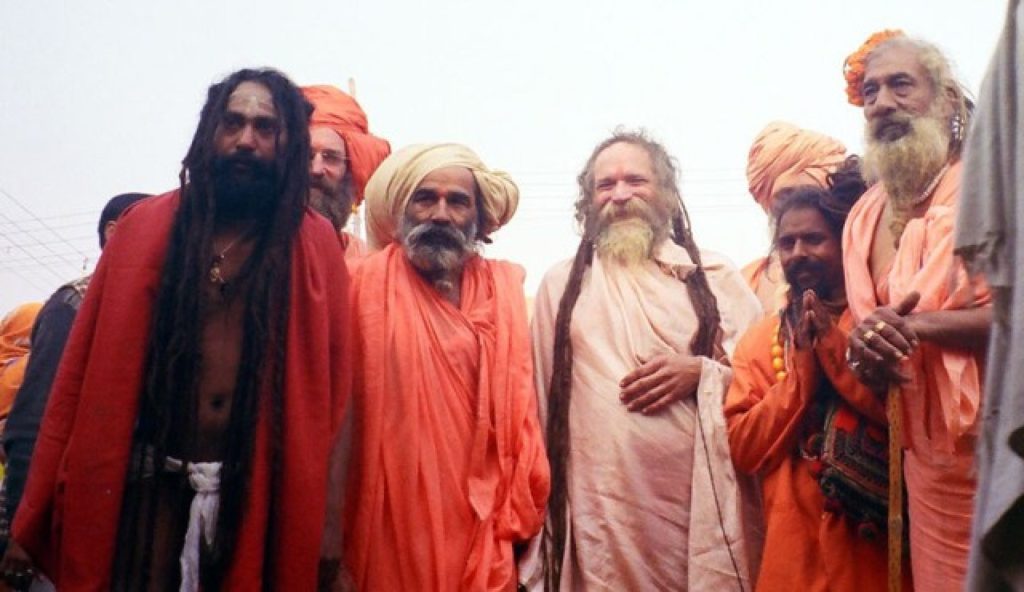
However, this was the time when Goa trance began to reach its saturation point. UK based-Dragonfly Records attempted to market on Goa trance resulting in an album titled Project II Trance. The album was a compilation of many Goa trance-inspired tracks by trending DJs of the time. Unfortunately, the sales were low and the buzz started dying out.
The now-defunct trance record label Matsuri Productions dropped a compilation, Let It Rip, in 1997. Interestingly, the album’s backsleeve read, ‘R.I.P: Mother Theresa, Princess Diana, William Burroughs & Goa Trance’. Goa’s gift to global electronic music did have an expiry date.
But is Goa trance dead? That can be argued upon but what can’t be denied is that its legacy still lives on as psytrance continues to draw in artists and fans from all over the globe. Apart from India, psytrance has a fostering scene in Israel, South Africa and western Europe.
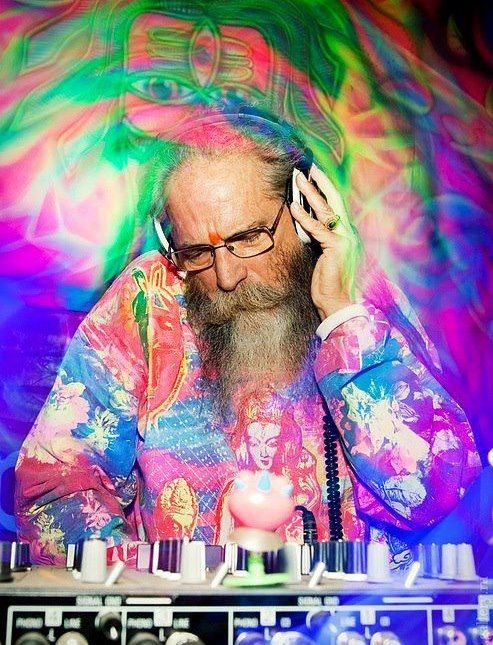
In the 21st century, Indian psytrance DJs have been performing all over the world. Aghori Tantrik, a premier psytrance maestro from India, even founded his own record label, Sonic Tantra Records, in 2005. Similarly, another pioneer Sumith Suresh aka Braindrop owned three labels under the banner of Occulta Records group.
In the end, psytrance might not be a part of the country’s mainstream music but the genre still needs to be recognised in the annals of Indian music history as a cult movement of its own…







